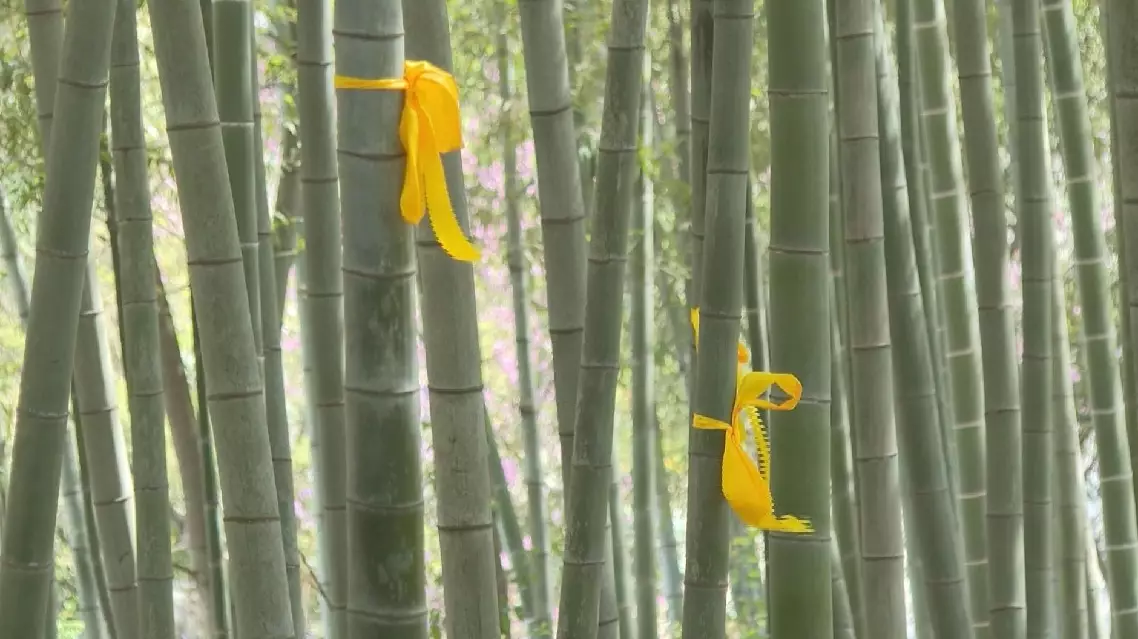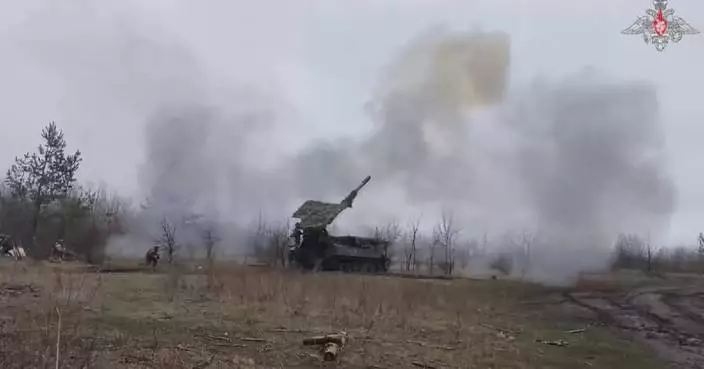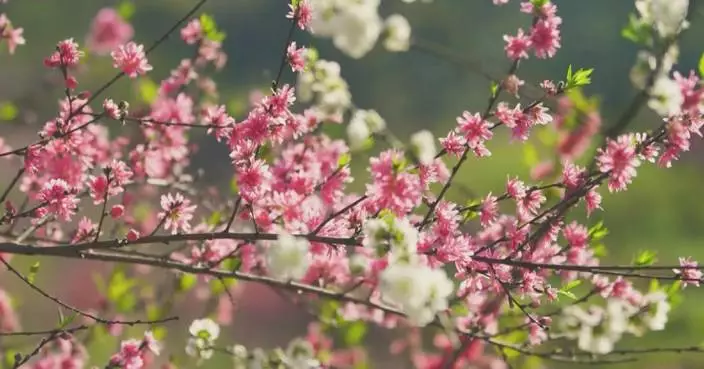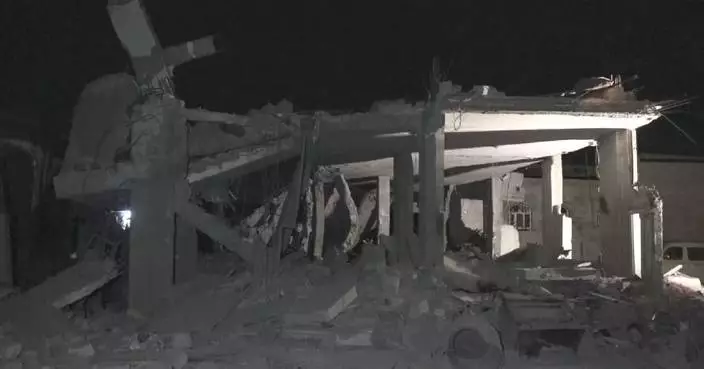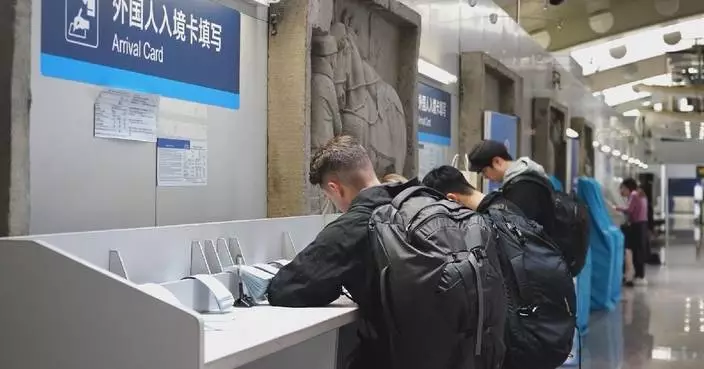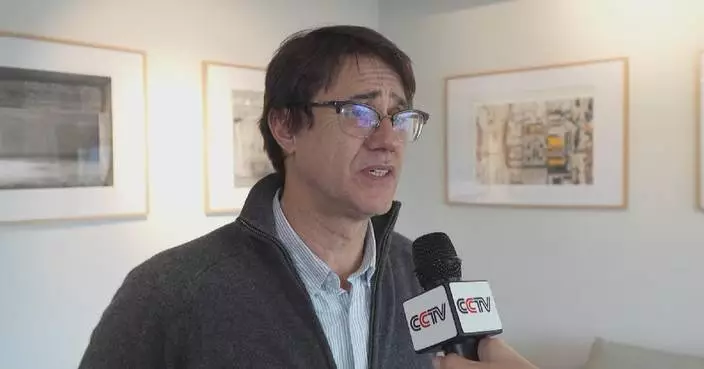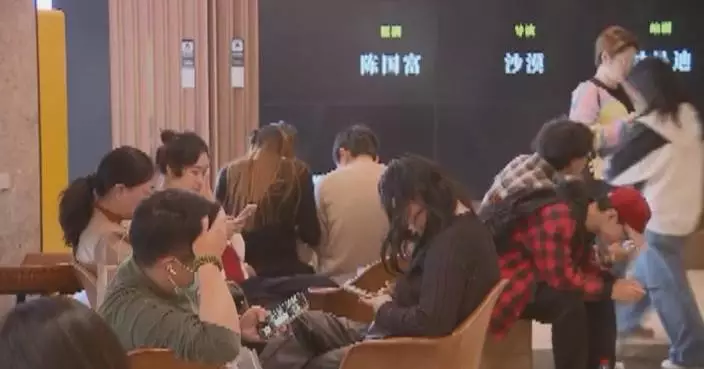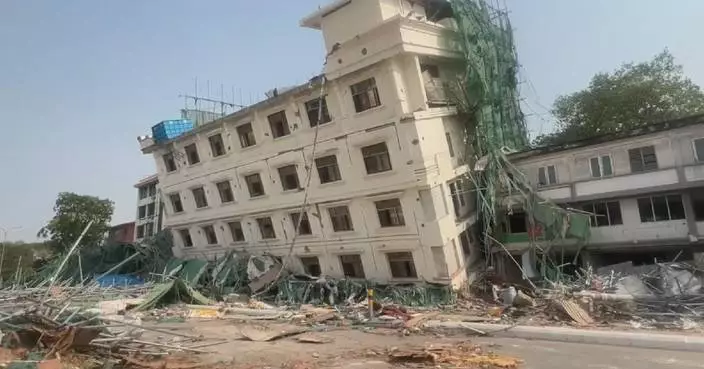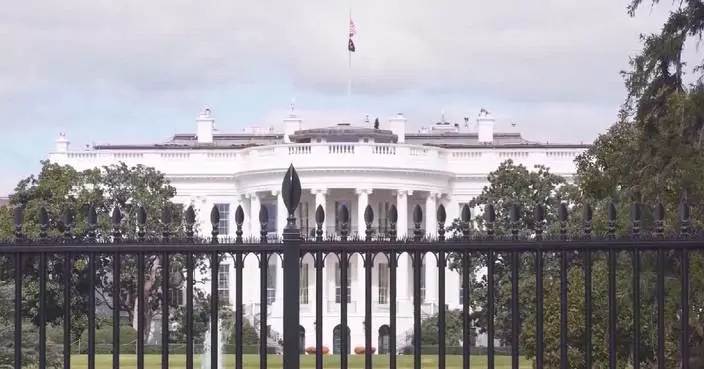The World Calligraphy Museum in Ryazan, Russia stands as a unique institution showcasing calligraphy from dozens of Asian countries. It serves as a bridge connecting diverse cultures and traditions, uniting civilizations under one roof.
The museum, the only one of its kind in Russia and one of the few globally, is solely devoted to the art of calligraphy.
"This museum has no equivalents. In China, some think there is only Chinese calligraphy, in the Arab world - that there is only Arabic calligraphy. But it turns out that the world is so diverse in terms of this form of art. What we have created is unprecedented. Many people have heard or read something about calligraphy but have not seen it with their own eyes. Particularly, few people have had the opportunity to walk around the gallery and have a good understanding of regional calligraphy," said Alexey Shaburov, director and founder of the museum.
The museum features distinctive collections of Russian and Chinese calligraphy.
This year marks the 75th anniversary of the establishment of China-Russia diplomatic relations, the museum has curated a special exhibition highlighting Chinese culture.
Additionally, the museum conducts regular calligraphy classes providing a deeper immersion into Chinese cultural practices and also offers Chinese language lessons.
"When teaching the Chinese language, the most important aspect is hieroglyphs. They seem complex, but through art, Russian students can understand Chinese characters and realize that it's the easiest part in learning the Chinese language," said Wei Rongchen, a calligraphy and Chinese language teacher.
Every year the number of Russians interested in learning the Chinese language and calligraphy continues to grow, and the students here not only enjoy but appreciate the master classes being offered.
"Of course, the whole culture of the Chinese language is very interesting, but calligraphy has made me curious. My calligraphy teacher shows me how to write. I study under his guidance, it’s really interesting, just like the Chinese language," said a student.
"It's my first time here, but I really liked the drawings by the professionals. It's very beautiful and I think you can learn it for a very long time, and it's very beautiful. I don’t think everybody can create such pieces," said another student.
The museum houses an extensive collection of over 3,500 exhibits from more than 70 countries, engaging in scientific studies and translating works of calligraphers into Russian and English.
The allure of calligraphy knows no bounds, evolving as an art form cultivated globally over centuries.
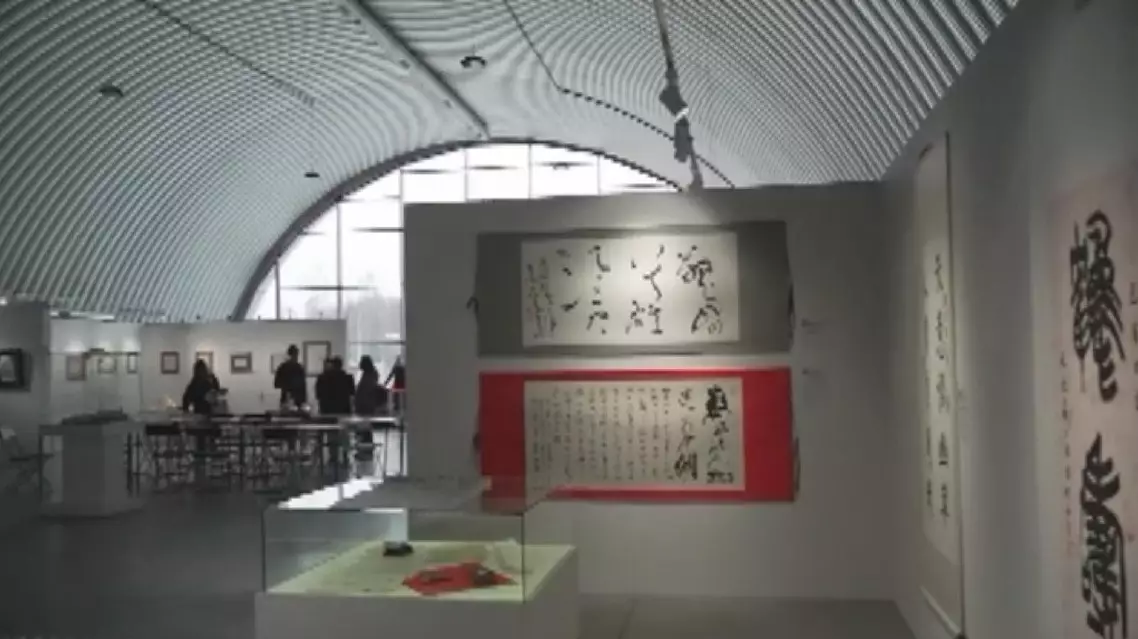
Calligraphy museum in Russia showcases diverse cultures across Asia



